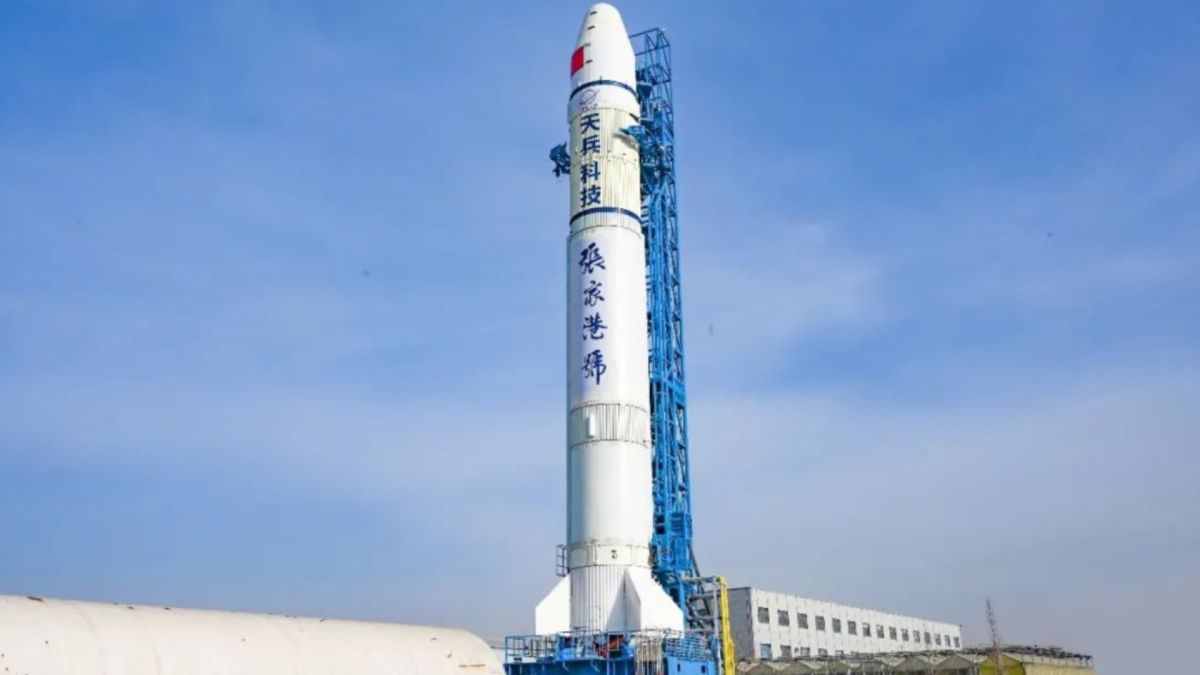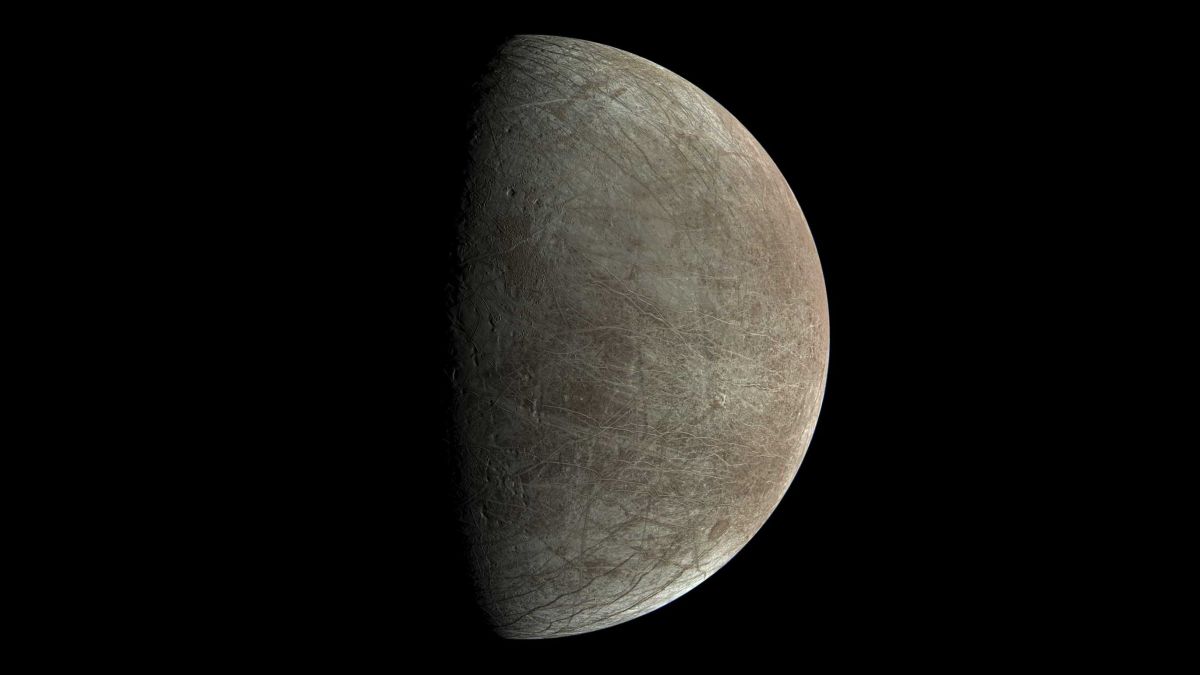The moon meets up with Saturn on Sunday (March 19) with the two celestial bodies sharing the same right ascension, an arrangement called a conjunction. The thin sliver of the moon, which will be in its waning crescent phase, will pass south of Saturn by 3°35′ according to In the Sky. (opens in new tab) Both the moon and the gas giant, which is the second-largest planet in the solar system will be in the constellation of Aquarius during the conjunction. The moon will have a magnitude of -9.8, with…
Read MoreMonth: March 2023
Space Station Science Highlights: Week of March 13, 2023
Crew members aboard the International Space Station conducted scientific investigations during the week of March 13.
Read MoreCreality Sonic Pad review: A turbo boost for your FDM printer
Everyone who owns an FDM 3D printer wishes they could print their projects faster without sacrificing quality. Fortunately, there are custom firmware options that can help you improve the print speeds of even the best 3D printers out there. Klipper is one of the most popular options for speed and quality, but it’s not a beginner-friendly option. It’s a custom firmware that you must first configure onto a single-board computer (like a Raspberry Pi) that works with your printer’s mainboard to boost the available processing power. Enter the Creality Sonic…
Read MoreSpaceX now eyeing April for Starship’s 1st orbital launch, Elon Musk says
SpaceX’s huge new Starship vehicle could launch on its first-ever orbital test flight a little over a month from now, if all goes according to plan. SpaceX is now tentatively eyeing mid- to late April for that epic mission, which will lift off from the company’s Starbase facility in South Texas. “SpaceX will be ready to launch Starship in a few weeks, then launch timing depends on FAA license approval. Assuming that takes a few weeks, first launch attempt will be near end of third week of April, aka …,”…
Read MoreVenus’ Volcano
Maat Mons, a volcano on Venus that has shown signs of a recent eruption, is in the black square near the planet’s equator in this annotated, computer-simulated global map of Venus’ surface.
Read MoreChina’s 1st liquid-fueled rocket moved to launch pad for liftoff this month
Chinese launch company Space Pioneer is all set for its first attempt to reach orbit, according to a photo from the country’s Jiuquan spaceport. Space Pioneer’s Tianlong 2 rocket, which can translate (opens in new tab)to “heavenly dragon,” is nearing its first launch and is set to lift off before the end of March, according to a recent report (opens in new tab). The expendable, three-stage Tianlong 2 uses a kerosene and liquid oxygen propellant mix. If the launch is successful, it will make Space Pioneer the first Chinese commercial…
Read MoreNASA Awards Advance 3D Printing, Quantum Tech for Climate Research
New technology is a key to helping NASA advance its long-term exploration goals for the benefit of all. To support its effort, the agency announced Thursday it will create two new institutes to develop technology in critical areas for engineering and climate research.
Read MoreNASA Awardees to Develop Sustainable Aviation Composite Tech
NASA has issued $50 million in awards to 14 organizations to develop manufacturing processes and advanced composite materials for aircraft structures. These green technologies hold the potential to help reduce aviation carbon emissions.
Read MoreNASA Selects 21 New Learning Projects to Engage Students in STEM
NASA is awarding more than $3.8 million to 21 museums, science centers, and other informal education institutions for projects designed to bring the excitement of space science to communities across the nation and broaden student participation in STEM (science, technology, engineering, and mathematics).
Read MoreJupiter moon Europa’s buried ocean may alter rotation of its icy shell
The vast, swirling ocean within Jupiter’s moon Europa may be affecting the rotation of its icy crust, scientists say. New supercomputer-driven modeling suggests that the waters of the internal, global ocean may be imparting forces on Europa‘s crust — possibly ones strong enough to affect the rotation speed of the moon’s icy shell over time. It is already known that Europa’s exterior ice crust is probably free-floating, and also rotating at a different rate than the ocean and the moon’s rocky core below. The new model is, however, the first…
Read More

